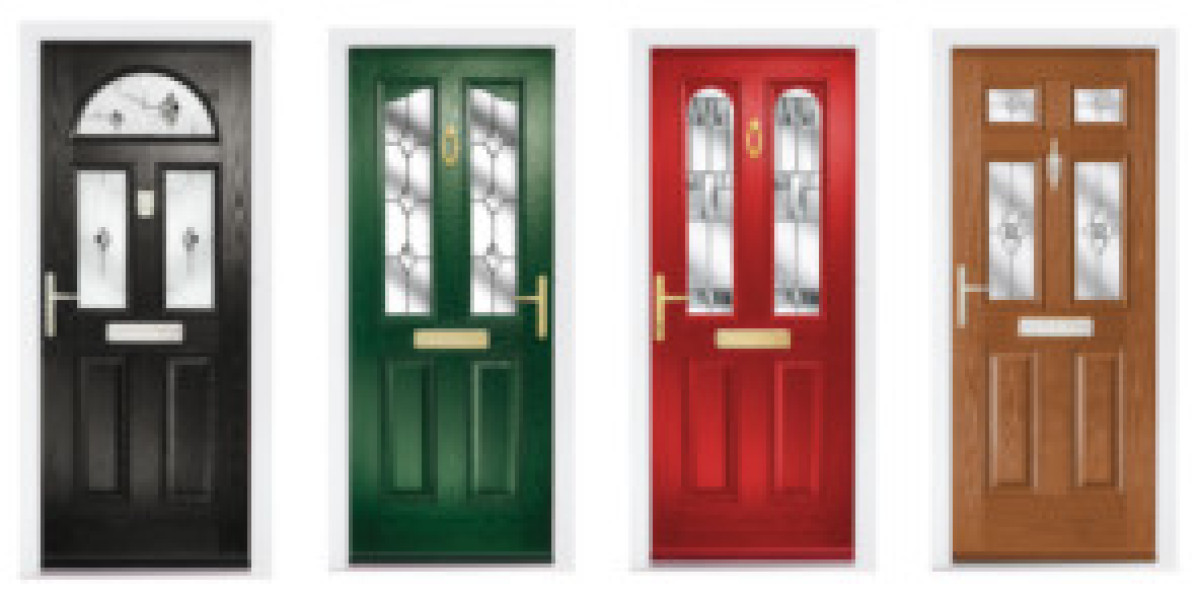The Comprehensive Guide to Entry Door Restoration: Reviving Your Home's First Impressions
Entry doors play a pivotal function in the visual appeals and security of a home. They are not simply a barrier versus the components or a point of entry; they are the centerpiece of your home's exterior, frequently setting the tone for visitors. Over time, however, wear and tear, weather conditions, and other elements can lessen the charm and functionality of an entry door. Fortunately, entry door restoration is an efficient solution that can extend the life of this important component of your home while boosting its visual appeal.

Comprehending Entry Door Restoration
Entry door restoration incorporates various processes that aim to repair, refinish, and renew a door. While it may seem like a challenging task, bring back an entry door can be a fulfilling home improvement task for homeowners who like preserving their home's appeal and stability.
Benefits of Entry Door Restoration
Cost-Effectiveness: Restoring a door is typically considerably more economical than changing it. Numerous property owners can save a considerable quantity by purchasing restoration rather than new doors.
Enhanced Curb Appeal: A restored entry door can considerably enhance the exterior appearance of a home, resulting in an increased residential or commercial property value and improved impressions.
Eco-Friendly: Restoration assists in reducing waste. Rather of discarding a practical door, restoration contributes to a more sustainable method by prolonging its life expectancy.
Increased Security: Often, older doors might have ended up being weak or jeopardized. Restoration can reinforce the door's strength, improving the security of the home.
Customization: Restoration enables house owners to personalize their entry composite door handle repair, from color to finish, aligning it more carefully with their individual taste or architectural design.
The Restoration Process: Step by Step
The restoration of an entry composite entrance door repair usually includes numerous crucial actions. These can vary based upon the composite bifold door repair door latch repair, killer deal,'s condition and product, however the procedure generally includes:
1. Evaluation and Preparation
- Inspection: Evaluate the door for damage, consisting of signs of rot, fractures, peeling paint, or corrosion.
- Removal: Take off any hardware such as doorknobs, hinges, or locks.
2. Cleaning
- Utilize a mixture of soap and water to clean up the door thoroughly.
- For wooden doors, think about using a wood cleaner to remove old surfaces.
3. Repairing Damages
- Wood Doors: Fill in cracks and holes with wood filler and sand the area smooth.
- Metal Doors: For rusted metal doors, sanding or utilizing a rust-inhibiting guide might be required.
4. Sanding
- Sand the whole door to develop a smooth surface area for refinishing.
- Use fine-grit sandpaper for completing touches.
5. Refinishing
- *Staining: For wood doors, use stain to improve the natural grain.
- *Painting: For both wooden and metal doors, use a premium exterior paint or finish.
6. Reinstallation of Hardware
- After the paint has dried, thoroughly reattach the doorknobs, locks, and hinges.
7. Sealing
- Use a sealant for wood doors to protect from moisture and UV rays. Metal doors may require a rustproof sealant.
Tips for Successful Entry Door Restoration
Select Quality Materials: Whether it's discolorations, paints, or sealants, choosing premium products can provide better outcomes and extend the lifespan of the restoration.
Work in Appropriate Conditions: Ensure you're working in conditions that are not too humid, rainy, or cold to allow correct adhesion and drying.
Keep Regular Care: After restoration, regular maintenance such as cleaning and resealing can lengthen the longevity of the door.
Frequently Asked Questions (FAQs)
Q1: How frequently should an entry door be brought back?
A: The frequency of restoration depends on direct exposure to aspects, best composite door repairs product, and maintenance. Normally, wood doors may need restoration every 5-10 years, while metal doors can last longer if maintained appropriately.
Q2: Can I bring back a door myself, or should I work with a professional?
A: Many house owners can effectively bring back a composite door maintenance service themselves if they have fundamental DIY skills. However, for substantial repairs or if you're unpredictable, working with a professional is recommended.
Q3: What are the signs that my door needs restoration?
A: Common indications include peeling paint, fractures, considerable wear or water damage, or problem in opening and closing the door.
Q4: Is it worth bring back a door that is older?
A: If the door is structurally sound, restoration can be an excellent choice. Nevertheless, if the door shows significant damages or rot, replacement may be better.
Q5: How can I ensure the finish of my brought back door lasts?
A: Regular maintenance such as cleansing, resealing, and repainting when required will help lengthen the lifespan of the finish.
Entry door restoration is an essential aspect of home maintenance that can yield remarkable outcomes. By reviving this important entry point, homeowners not only improve the visual appeal and functionality of their homes but also add to ecological sustainability and a sense of individual complete satisfaction. Equipped with the right knowledge and pointers, embarking on an entry door restoration job can be an enriching and transformative experience.



